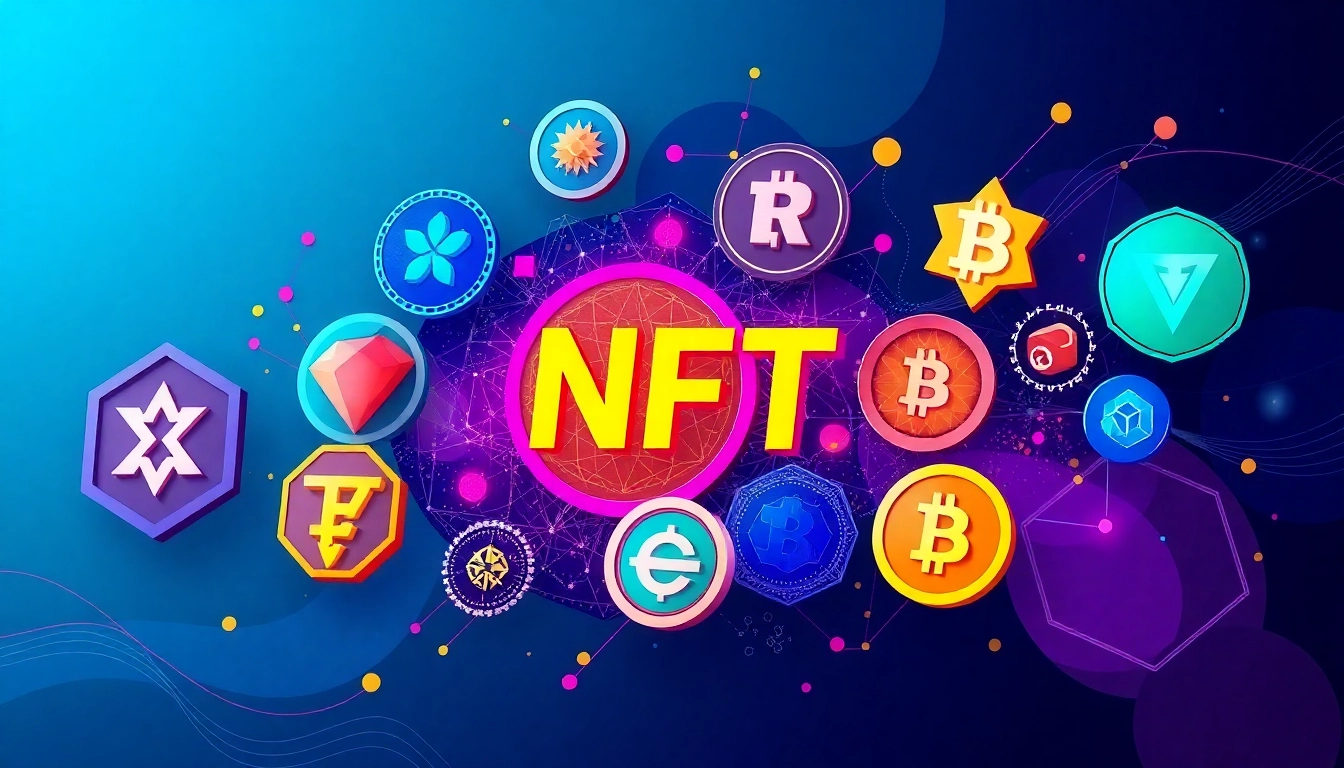Who is Satoshi Nakamoto? The Enigmatic Founding Father of Bitcoin
The origin of Bitcoin and the entire cryptocurrency revolution is inextricably linked to the identity of Satoshi Nakamoto. Despite being one of the most influential figures in modern finance and technology, Nakamoto’s true identity remains shrouded in mystery. His pseudonym has become synonymous with innovation, decentralization, and the pioneering spirit of blockchain technology. Understanding the origins, the mystery surrounding his identity, and the profound impact he has had on the financial landscape is essential for anyone interested in the future of digital currency.
Origins and Identity Theories
The tale of Satoshi Nakamoto begins with the publication of the Bitcoin whitepaper on October 31, 2008, titled “Bitcoin: A Peer-to-Peer Electronic Cash System.” This document laid out a revolutionary approach to digital money—one that eliminated the need for trusted third parties, relied solely on cryptographic proof, and introduced decentralization at an unprecedented scale. Yet, Nakamoto’s real identity remained undisclosed.
Over the years, numerous theories have emerged about Nakamoto’s identity. Some speculate he is an individual, perhaps a cryptography expert or a computer scientist, while others argue Nakamoto could be a collective pseudonym for a group of developers. Technologies like PGP keys and digital signatures have led some to suggest that Nakamoto is a highly skilled cryptographer. Notably, various individuals and groups have been suggested as potential candidates, but definitive proof remains elusive.
Some popular hypotheses include:
- Craig Wright, an Australian entrepreneur, claimed to be Nakamoto but failed to provide conclusive evidence.
- Nick Szabo, a computer scientist and legal scholar known for his work on smart contracts, has been speculated to be Nakamoto due to similarities in writing style and timeline.
- Hal Finney, a renowned cryptographer and early Bitcoin adopter, was among the first to receive a Bitcoin transaction from Nakamoto, fueling speculation about his involvement.
Despite these theories, no definitive proof has surfaced, and Nakamoto’s true identity remains one of the greatest mysteries in technological history.
Discovery of Satoshi’s Bitcoin Wallets
One of the most intriguing aspects of Nakamoto’s presence is his control of approximately 1 million BTC, distributed across various addresses. These wallets have remained untouched since their creation, leading to speculation about his intentions and identity. If Nakamoto’s holdings are ever moved or sold, it could significantly impact Bitcoin’s market value and shake investor confidence.
Research indicates that Nakamoto mined blocks in the early days, accumulating substantial Bitcoin holdings, which now would be worth billions. The fact that these wallets remain static illustrates a deliberate choice or perhaps an ethical stance on not influencing the market. This unwavering silence adds to the mythology surrounding Nakamoto, reinforcing his image as a symbol of decentralization and control by no single individual or entity.
Financial analysts and blockchain detectives have utilized on-chain analytics to trace Nakamoto’s wallets, but to this day, no one has conclusively linked the wallets to any individual or group, keeping the mystery alive.
Public Appearances and Digital Footprints
Satoshi Nakamoto’s digital footprint is primarily confined to forums, email communications, and the whitepaper. His earliest known communications were on cryptography mailing lists, demanding privacy and emphasizing the revolutionary aspect of Bitcoin. Nakamoto’s communication style was concise, technical, and focused on details, which has further fueled speculation about his background.
Over time, Nakamoto engaged in email exchanges with early Bitcoin developers, but he has kept himself entirely out of the public eye. His last known message was in 2011, after which all activity ceased. This deliberate absence from media and public forums has shielded his identity, turning him into a mythic figure.
Social media profiles claiming to be Nakamoto or related to him are often fake, adding to the confusion. The lack of recent activity by Nakamoto underscores a core principle of the Bitcoin ethos—decentralization and the elimination of a singular charismatic figure.
The Satoshi Nakamoto Whitepaper and Technological Breakthroughs
Key Principles of Bitcoin’s Design
At the heart of Nakamoto’s whitepaper was a set of innovative principles that revolutionized digital currency:
- Decentralization: Removing reliance on a central authority, enabling peer-to-peer transactions.
- Proof-of-Work: A consensus mechanism allowing trustless validation of transactions.
- Limited Supply: Capping Bitcoin at 21 million coins to prevent inflation.
- Blockchain: An immutable, time-stamped ledger that records all transactions transparently.
These foundational concepts form the blueprint for modern cryptocurrencies and blockchain-based applications.
Innovations Introduced by Satoshi Nakamoto
Satoshi Nakamoto didn’t just conceptualize digital cash—he implemented technological innovations that laid the foundation for a new financial paradigm:
- The Blockchain: An append-only ledger secured via cryptography, enabling trustworthiness without central oversight.
- Mining and Incentives: A decentralized process that incentivizes network participants to validate transactions and secure the network.
- Difficulty Adjustment: Ensuring consistent block times despite fluctuations in miner participation.
- Pseudonymity: Facilitating privacy while maintaining transparency in transaction history.
Collectively, these innovations set the stage for subsequent technological advances in DeFi, NFTs, and smart contracts.
Impact on Blockchain Development
Nakamoto’s whitepaper and subsequent code release catalyzed an explosion of blockchain development. The open-source nature of Bitcoin fostered a global community of developers, entrepreneurs, and enthusiasts committed to refining and expanding blockchain technology.
Major projects like Ethereum, Cardano, and Polkadot owe a conceptual debt to Nakamoto’s pioneering work. The blockchain ecosystem has evolved into a multi-trillion-dollar industry, shaping sectors from finance to supply chain management.
Legal and Cultural Implications of Satoshi Nakamoto’s Anonymity
Challenges in Regulating Bitcoin
Nakamoto’s pseudonymity presents unique regulatory challenges. Authorities worldwide grapple with how to classify Bitcoin—whether as a currency, commodity, or security—and how to enforce anti-money laundering (AML) and know-your-customer (KYC) policies.
The absence of Nakamoto’s identity complicates efforts to regulate and tax Bitcoin transactions, leading to a decentralized regulatory environment. This ambiguity has inspired both innovation and concern, as it raises questions about accountability and consumer protection.
Global Perspective on Satoshi’s Pseudonymity
Different countries have varying stances on Bitcoin and cryptocurrencies. While nations like El Salvador have embraced Bitcoin as legal tender, others impose strict regulations or outright bans. Nakamoto’s anonymity allows Bitcoin to transcend borders, fostering a global, decentralized financial system that resists traditional controls.
This pseudonymity also empowers activists advocating for financial sovereignty and privacy, reinforcing the ideology of decentralization and democratization of finance.
Influence on Crypto Community and Culture
Nakamoto’s secrecy has become a symbol of the core values of the cryptocurrency movement—privacy, decentralization, and resistance to central control. His silence has amplified the ethos that Bitcoin belongs to its community, not to any single person or corporation.
This culture has inspired countless developers and entrepreneurs to innovate freely, pushing the boundaries of what blockchain can achieve and promoting a shared sense of mission rooted in Nakamoto’s original vision.
Theories and Debates About Satoshi Nakamoto’s Identity
Popular Suspects and Evidence
Speculation about Nakamoto’s identity has persisted for over a decade. Some notable candidates include:
- Craig Wright, who publicly claimed to be Nakamoto but failed to produce irrefutable proof.
- Nick Szabo, whose writings and timeline suggest a possible connection.
- Hal Finney, an early cryptographer and the recipient of early Bitcoin transactions.
While each candidate has potential links, none have provided conclusive evidence, maintaining Nakamoto’s mystique.
Why Satoshi’s Identity Remains a Mystery
Several factors contribute to the enduring anonymity:
- Philosophy of decentralization: Nakamoto aimed to eliminate central figures.
- Security concerns: Revealing his identity could make Nakamoto a target for legal or malicious actions.
- Historical and cultural reasons: Embracing pseudonymity aligns with the movement’s values.
Furthermore, Nakamoto’s disappearance has prevented the concentration of power, ensuring Bitcoin’s distribution remains community-driven.
Future Implications of Satoshi’s Legacy
The mystery continues to fuel debate about decentralization, privacy, and the future of cryptocurrencies. As Bitcoin and blockchain technology mature, Nakamoto’s legacy underscores the importance of trustless systems and the power of community over centralized control.
Whether Nakamoto is an individual or a collective, his creation has fundamentally altered perceptions of money, trust, and power in financial systems worldwide.
What Satoshi Nakamoto’s Work Means for Future Cryptocurrencies
Evolution of Decentralized Finance (DeFi)
Nakamoto’s vision laid the groundwork for DeFi—an ecosystem of financial services operating without intermediaries. Protocols built on Ethereum and other blockchains extend Nakamoto’s principles by enabling lending, borrowing, and automated trading through smart contracts.
DeFi exemplifies the ongoing shift toward more inclusive, accessible, and transparent financial systems, amplifying Nakamoto’s original ethos of peer-to-peer cash.
Potential Advancements and Risks
The future holds promising innovations like cross-chain interoperability, scalability solutions, and enhanced privacy features. However, risks such as regulatory crackdowns, security vulnerabilities, and market volatility remain significant.
Investors and developers must balance innovation with responsible practices, learning from Nakamoto’s emphasis on security and robustness.
Lessons from Satoshi Nakamoto for Investors and Developers
Nakamoto’s work underscores several key principles for success:
- Decentralization: Avoid reliance on central authorities; promote community governance.
- Security: Prioritize security mechanisms to protect assets and data.
- Transparency: Build open systems that foster trust and participation.
- Innovation: Continue pushing technological boundaries responsibly.
Adapting these lessons can help shape the resilient and inclusive blockchain ecosystems of tomorrow.



